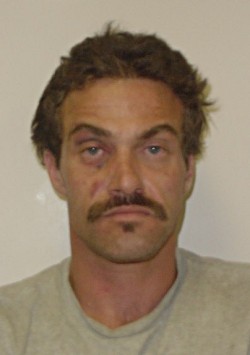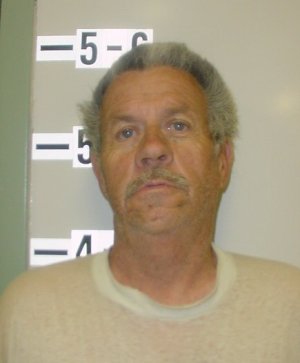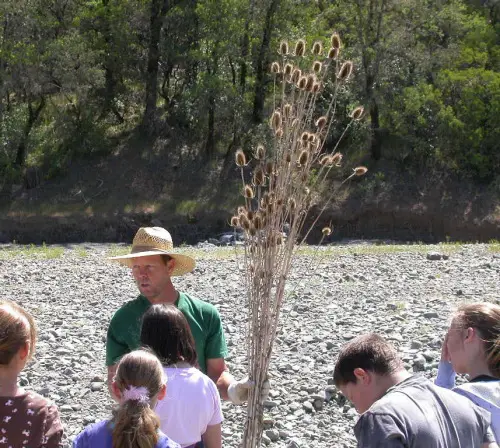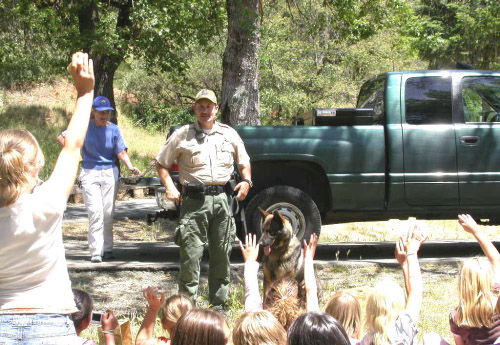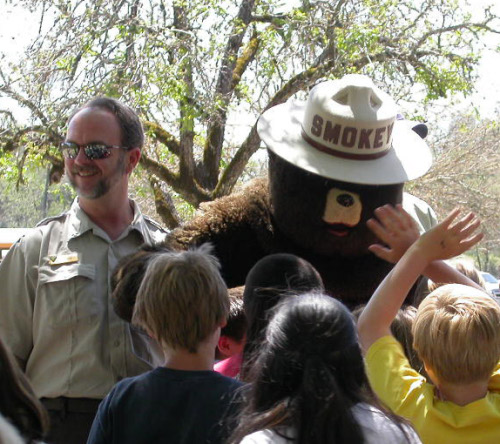- Elizabeth Larson
- Posted On
Medical examiner arrested for drugs, DUI
Dr. Kelly A. Arthur, 41, of Santa Rosa was pulled over by California Highway Patrol Officer Rob Hearn at approximately 5:20 p.m. Tuesday at Highway 29 and Armstrong Drive in Middletown, according to CHP Officer Josh Dye.
Arthur, who was traveling with a male companion, allegedly had driven her 2001 Mercedes through a crosswalk and nearly hit a pedestrian, which led to Hearn's stop, Dye said.
During the stop Hearn detected the odor of alcohol and conducted a field sobriety test on Arthur, arresting her shortly afterward for driving under the influence, said Dye. It's also alleged that Arthur had a small amount of marijuana in her possession.
Arthur was booked into the Lake County Jail shortly before 9 p.m. Tuesday on felony charges of possession of narcotics, and misdemeanor DUI and use of a controlled substance.
An additional felony charge of bringing drugs into the jail was added after Hearn found her in possession of Vicodin without a prescription, Dye said.
Bail for all charges totaled $28,000, according to jail booking records.
Capt. James Bauman of the Lake County Sheriff's Office said Arthur bailed out of jail just before 3 a.m. Wednesday.
Arthur was in court on Tuesday morning to give testimony in the murder trial of David Garlow Deason, 69, who is accused of shooting his girlfriend, 48-year-old Marie Parlet, to death in December of 2004.
Deason previously was convicted of the murder, but that conviction was overturned by an appellate court in December of 2007, as Lake County News has reported.
Arthur is a staff pathologist for the Fairfield-based Forensic Medical Group Inc., which performs autopsies for several Northern California counties, and serves Lake on an “as needed” basis, according to the company's Web site. The company provides autopsies and autopsies for the Kaiser system, and also provides medicolegal consulting for criminal and civil court cases.
Lake County News was unable to contact the company for comment before close of business Wednesday, but left messages for company principals.
Deputy District Attorney John Langan said Arthur gave testimony in the Deason case beginning at 9 a.m. on Tuesday and ending around 11 a.m.
Langan said Arthur had preformed the autopsy on Parlet in 2004. Because this is a retrial, Arthur essentially was repeating previous testimony, not coming to new conclusions, said Langan. He didn't indicate any ramifications for the Deason case arising from Arthur's arrest.
While Arthur is only facing charges at this point, the possible impact of the situation on her credibility as a professional witness is a concern for local attorneys.
Stephen Carter heads Lake Legal Defense Services, which holds the Lake County public defender's contract. He said Arthur regularly testifies in local criminal trials.
If Arthur were to be convicted, particularly of the felony charges, Carter said it likely wouldn't cause concerns for past testimony, but it could become a credibility issue going forward.
“It might be something that the prosecution then has to disclose for future cases,” he said.
The situation also could create a conflict of interest for local authorities, faced with prosecuting an individual who has been an important witness in numerous cases, he said. In that situation, the California Attorney General's Office could be called in to handle the case.
Arthur's booking sheet says she is due in court on the charges in March.
E-mail Elizabeth Larson at This email address is being protected from spambots. You need JavaScript enabled to view it..
{mos_sb_discuss:2}

 How to resolve AdBlock issue?
How to resolve AdBlock issue? 
